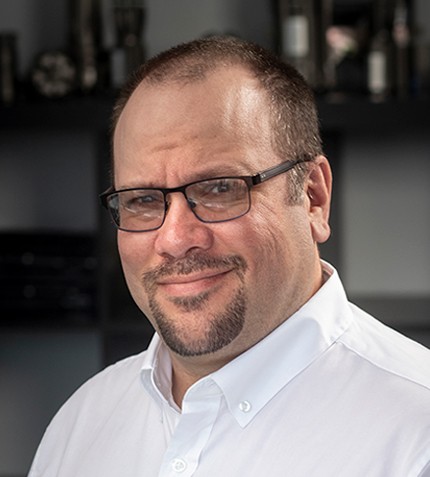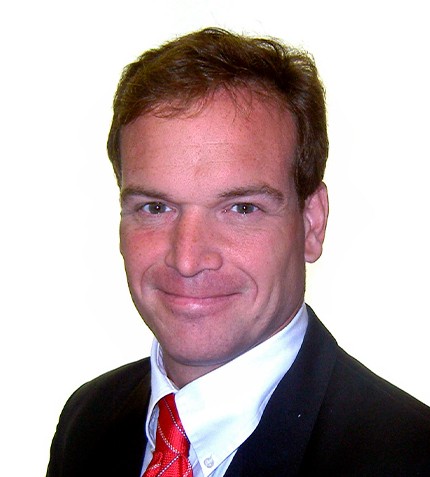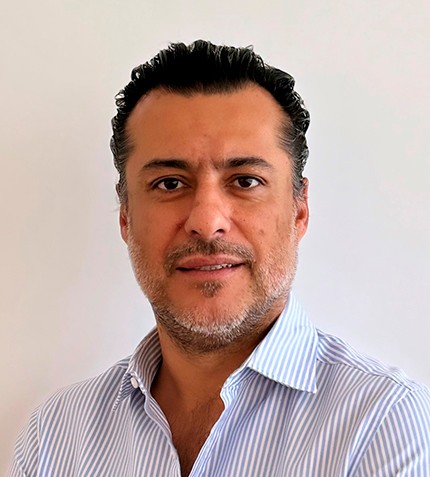
"Uncertainty in the last couple of years has caused a number of us to step back and see how this plays out before we make any major decisions on future projects."
Joshua Olmsted
PRESIDENT AND COO – AMERICAS, FREEPORT-MCMORAN
How was 2021 for Freeport-McMoRan in Chile from an operational perspective, and what is being done to ramp up production at El Abra in 2022?
I would call 2021 a year of transition and planning for the future for Freeport in Chile, continuing to weather the storm with respect to Covid, but in the grand scheme of things it was very successful. In 2022 we have been working to ramp up El Abra to pre-pandemic levels, which we expect to achieve later in the year. Moving forward, we will be in the range of 200 million to 250 million lb/y of production. Concurrently, we are in the process of constructing a new leach pad to stack material on. During the height of the pandemic, we had been doing campaign maintenance and operations, and the focus of the ramp-up process now is to revert back to a 24/7 way of operating, which is all about planning and scheduling rather than overcoming any technical hurdles.
What potential do you see for expansion at El Abra to grow the oxide open-pit and develop the sulfide resource underground?
El Abra is a world-class resource that we have been drilling for many years to gain a better understanding of the ore body. It is a significant opportunity for us long term on the sulfide side. We are also drilling to see if there are opportunities to extend the current operation while we move forward with the sulfide planning. We have done a lot of work historically on the engineering side, but this year, the focus is on being prepared to submit an EIS for the mill sulfide project, as well as ongoing stakeholder engagement.
What could reforms to the Chilean constitution mean for Freeport’s investments in the country?
There is a huge opportunity in Chile for continued investment in the mining industry, but it will be dependent on how legal frameworks progress over time. Uncertainty in the last couple of years has caused a number of us to step back and see how this plays out before we make any major decisions on future projects, because you need some degree of fiscal and regulatory certainty in the environment you are operating in. I would say we would probably be moving faster on the El Abra project if we had more clarity.
Can you provide examples of some of Freeport’s ESG initiatives in Chile?
El Abra was the first operation in Chile to be certified under The Copper Mark, and Freeport is also a member of ICMM, so we work under those principals. We have been focused on the key issues surrounding ESG in Chile for many years, such as biodiversity, diversity, water and communities. El Abra was the first private mining company that was certified under Chile’s voluntary gender equality and work life balance ordinance, for example. On the water side, we have partnered with communities in the Atacama since 2009 to provide desalinated water, and we continue to help operate and maintain this plant today.
At El Abra there is a community called Conchi Viejo, which was really impacted by the storms in northern Chile a couple of years ago. We worked hand in hand with the community to rebuild it, but also to think about how to prevent heavy damage if something like this happens again.
What is Freeport-McMoRan’s broad strategy for expansion in the Americas?
We have been really focused on organic growth because we recognize there are opportunities within Freeport’s existing assets. El Abra is a good example of this, as long as the conditions for investment make sense. In the US, our Bagdad operation in Arizona has over 80 years of reserve life, which offers an opportunity to increase the milling rate for which we are working on a feasibility study. More front and center would be our Lone Star operation near Safford in Arizona, which has been expanding incrementally over time through a debottlenecking process. Today, we are stacking at about 95,000 t/d at Lone Star, on the path to 120,000 t/d in the near to medium-term, before making a decision on the transition to a large sulfide operation, similar to El Abra.
Another focus has been digital analytics for the leaching part of the business to identify incremental copper production in the near term. This would be the cheapest and also lowest GHG emission impact way of producing extra copper.










